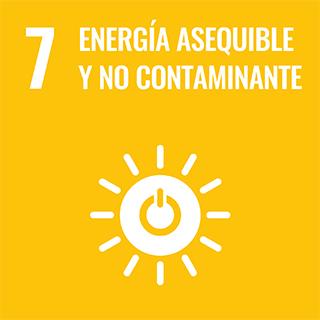
Indexed in
License and use
Grant support
This work was supported in part by the European Regional Development Fund grants, in part by the Spanish Government under the project MINECO-17-DPI2016-75760-R and RTI2018-099682-AI00, and in part by the Principality of Asturias under the project IDI/2018/000179 and under the scholarship BP17-91.
Impact on the Sustainable Development Goals (SDGs)

Analysis of institutional authors
Rodriguez, JuanAuthorDesign of a Two Input Buck converter (TIBuck) for a Visible Light Communication LED driver based on splitting the power
Publicated to:2013 Twenty-Eighth Annual Ieee Applied Power Electronics Conference And Exposition (Apec 2013). 1309-1314 - 2020-01-01 (), DOI: 10.1109/APEC39645.2020.9124254
Authors: Aller, Daniel G; Lamar, Diego G; Arias, Manuel; Rodriguez, Juan; Miaja, Pablo F; Sebastian, Javier
Affiliations
Abstract
This work proposes a modification of the Two Input Buck converter (TIBuck) working as a high efficiency driver for LEDs and transmitter for Visible Light Communication (VLC). Due to the lower harmonic components and lower voltage stress over the switches, the TIBuck converter is a suitable option for high frequency and fast response converter. The TIBuck converter outperforms the conventional buck converter in terms of efficiency and communication capability because of its lower switching losses and less filtering action required. The second voltage source needed by the TIBuck converter is provided by means of an auxiliary Buck converter, which also implements the average current control over the LEDs. The efficiency of the converter is improved by reducing the power that is been processed at high frequency. Most of the power is processed by an auxiliary Buck converter with lower switching frequency. As experimental results, a TIBuck converter is built based on a low frequency and a high frequency Buck converters connected in parallel regarding the load. The topology reaches a 94% of efficiency reproducing a 64-QAM with a bitrate up to 1.5 Mbps.
Keywords
Quality index
Bibliometric impact. Analysis of the contribution and dissemination channel
Independientemente del impacto esperado determinado por el canal de difusión, es importante destacar el impacto real observado de la propia aportación.
Según las diferentes agencias de indexación, el número de citas acumuladas por esta publicación hasta la fecha 2025-06-04:
- Open Alex: 3
- WoS: 1
- Scopus: 5
- OpenCitations: 2


